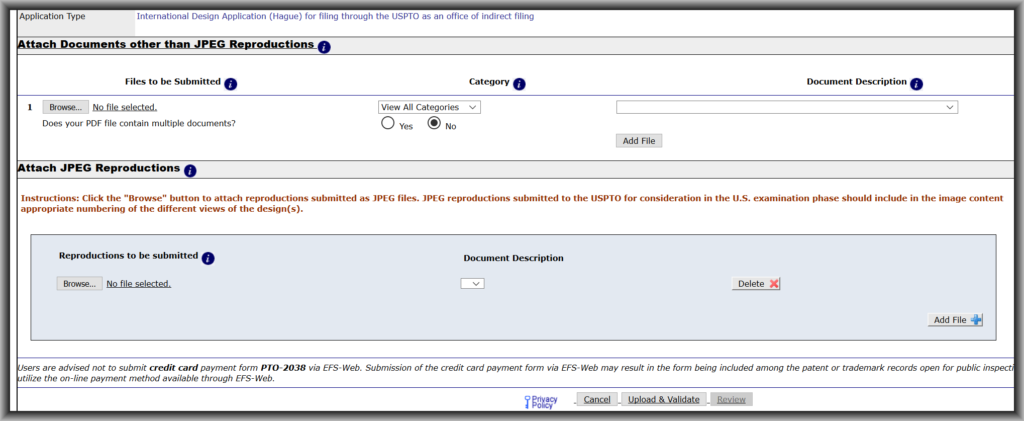I had an opportunity to talk with a very nice person from WIPO. This very nice person tells me that there are quite a few countries that are likely to join the Hague Agreement soon. Listed in approximate sequence of when they might join are:
- United Kingdom
- Russia
- China
- Mexico
- Israel
- Vietnam
- Canada
The typical first very visible step would be for a country to deposit an Instrument of Accession with the International Bureau of WIPO. The usual next development would be that the Hague Agreement would enter into force, with respect to that country, three months later.
This is a very exciting time for the Hague Agreement.

 It’s that time of year again. The time of year when it is important to keep track of the fact that Daylight Saving Time is different in Switzerland from the way it is in the United States. This is important because you might be in the US, and you might be e-filing (or fax-filing) some document with the International Bureau of WIPO.
It’s that time of year again. The time of year when it is important to keep track of the fact that Daylight Saving Time is different in Switzerland from the way it is in the United States. This is important because you might be in the US, and you might be e-filing (or fax-filing) some document with the International Bureau of WIPO.  Cambodia deposited its instrument of accession to the Hague Agreement on November 25, 2016. This event brings the number of Hague Agreement members to 66.
Cambodia deposited its instrument of accession to the Hague Agreement on November 25, 2016. This event brings the number of Hague Agreement members to 66.
